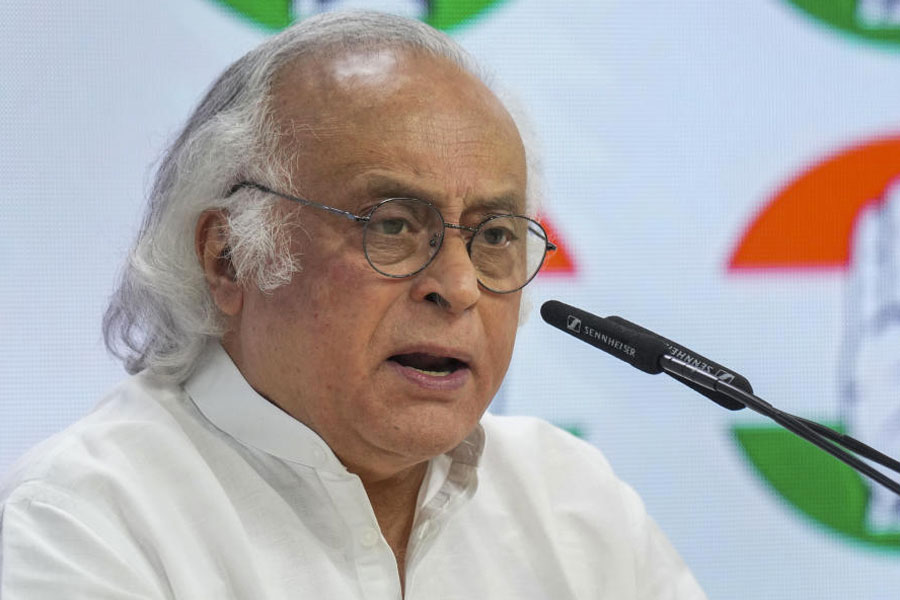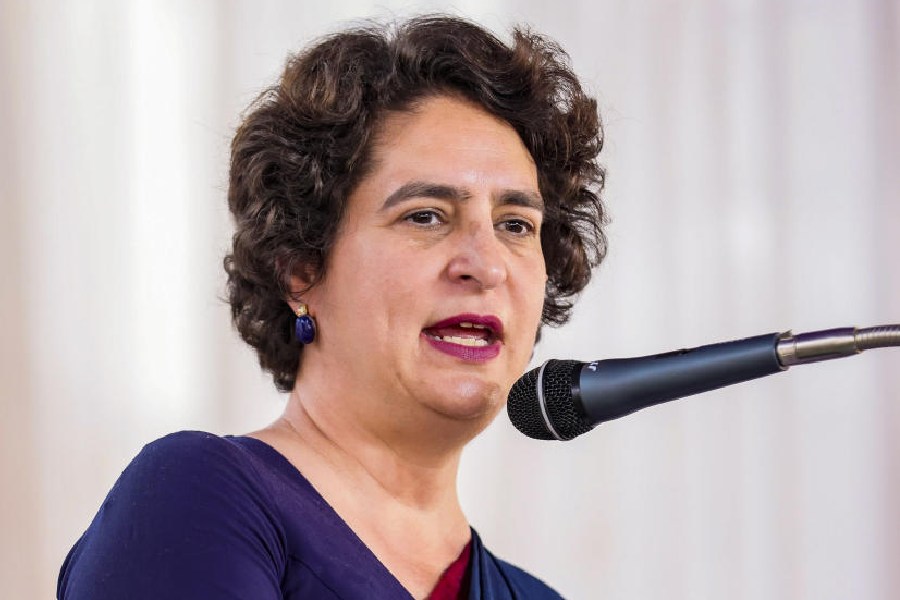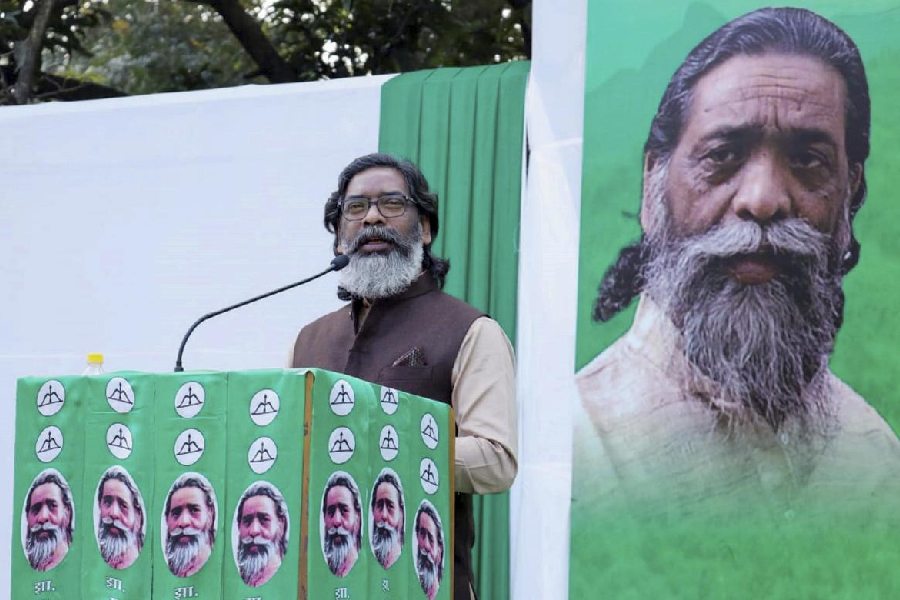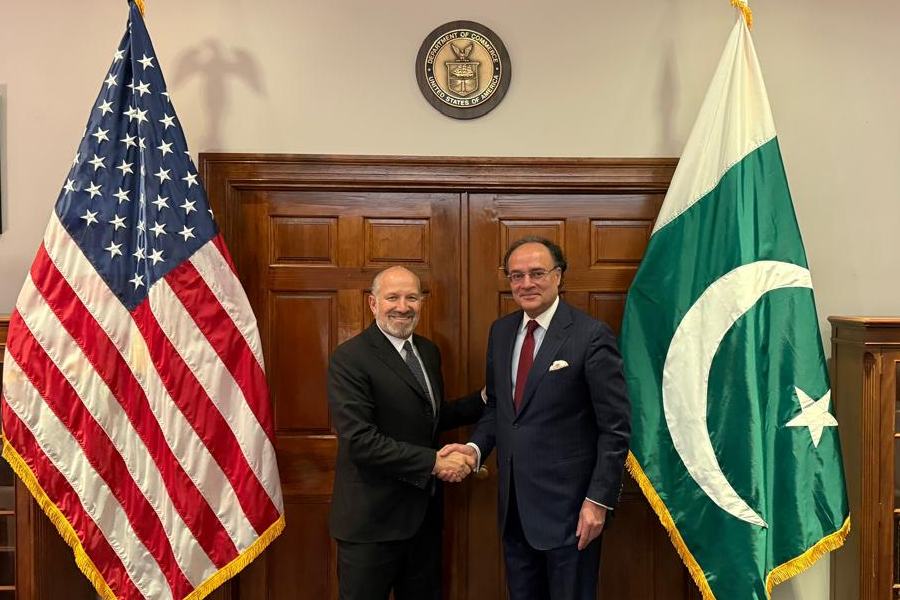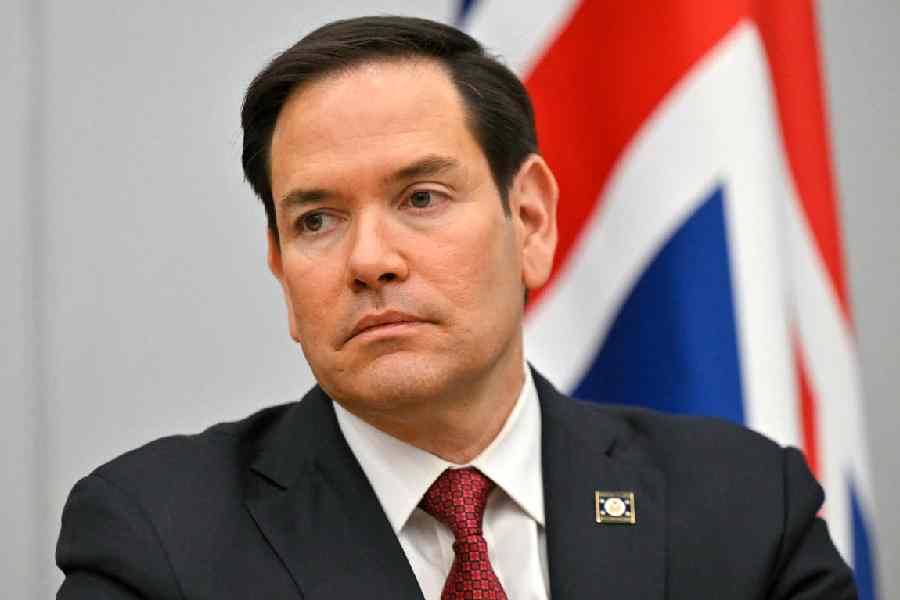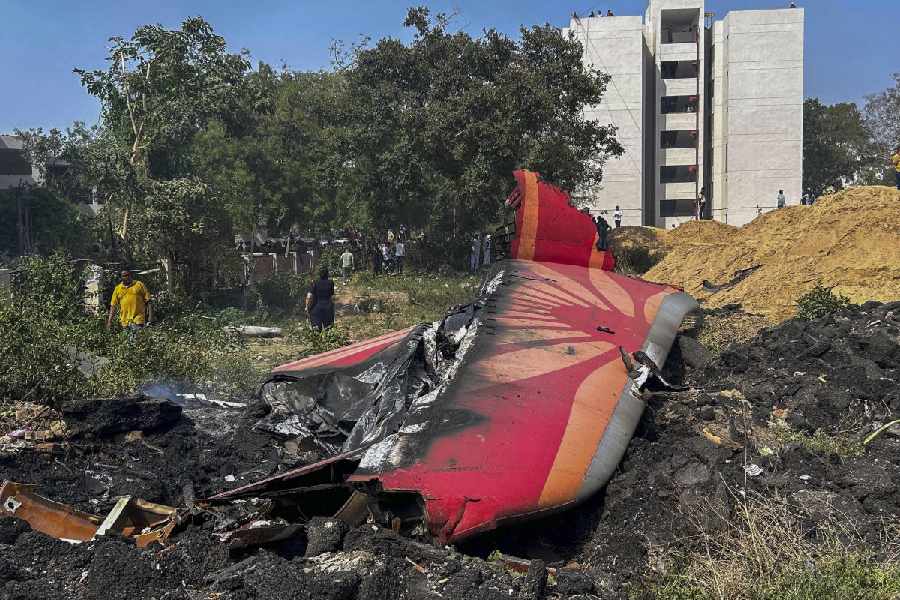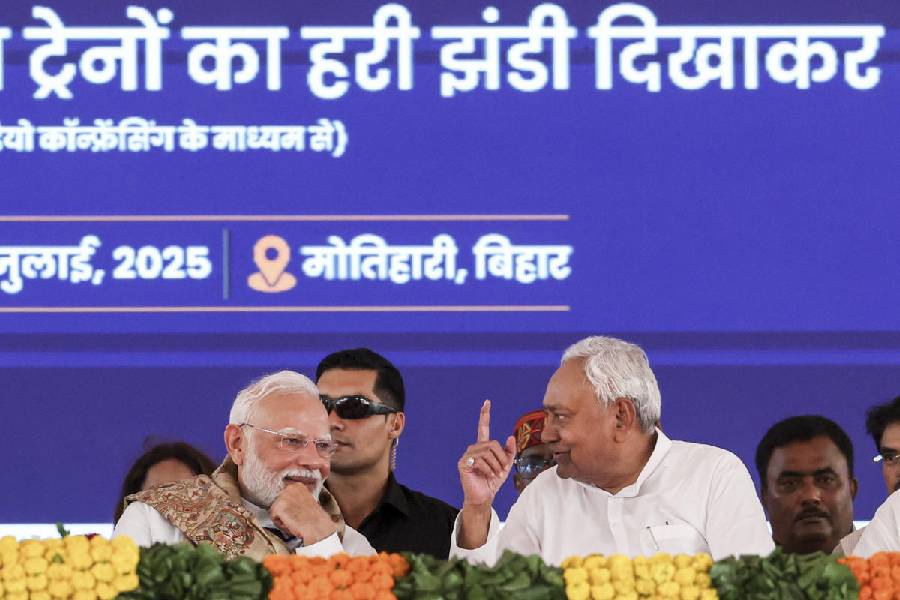
President's rule, the attorney general said, would be revoked in Uttarakhand. But its imposition by the National Democratic Alliance government reveals the ambiguities that exist within the Constitution. Earlier, a division bench of the Uttarakhand High Court had suspended the proclamation and cautioned the Centre against constitutional excesses. Observing that "absolutism" had no place in the Constitution and that the president was not 'infallible', Justices K.M. Joseph and V.K. Bist held that even the actions of the president were subject to judicial review.
The Centre has, time and again, imposed president's rule arbitrarily. In 1994, a constitutional bench of the apex court laid down the procedure for its imposition in the S.R. Bommai versus Union of India case. But experts cite that the implementation procedure - enshrined in Article 356 - remains ambiguous. In his speech in 1949, B.R. Ambedkar had laid down the procedure explicitly. The president must first issue a warning. If the warning fails, the president must order an election, allowing the residents of the state to resolve the crisis. It is only when such an attempt fails that the president invokes Article 356.
The Supreme Court honoured Ambedkar's view in its verdict in the S.R. Bommai case. A mandatory warning to the erring state by the Centre and the holding of a floor test to examine the strength of the government were the two salient features of the verdict. In Uttarakhand, president's rule was declared prior to the floor test. Such a step not only violated the top court's interpretation of Article 356 but also brought to light the need for renewed deliberation on the powers of the president. In India, the Union cabinet exercises all the powers on behalf of the president. However, the president is endowed with certain powers that are not mentioned in the Constitution but have been established by convention. Pranab Mukherjee should have cautioned the Centre against acting in haste in dismissing a democratically elected state government. This would have been in accordance with the president's right to be consulted, the right to warn, and the right to encourage.
There are examples of presidents who have not minced their words and cautioned the Union government for taking undemocratic decisions. In 2006, A.P.J. Abdul Kalam had sent back the prevention of disqualification (amendment) bill for reconsideration by Parliament. The bill was returned without any amendments. But Kalam's move came as a shock to the political establishment. Zail Singh was by far the most innovative. Although the system of 'pocket veto' did not exist in India, Singh implemented it during his tenure as the Constitution does not specify the time frame within which the president must consider a bill. He refused to sign the Indian post office bill to convey his displeasure to the then prime minister, Rajiv Gandhi.
This is not to suggest that the reasons that were cited by the Centre to announce president's rule in Uttarakhand ought to be ignored. The Centre alleged that the Congress regime, led by Harish Rawat, had failed to get the state budget passed in the assembly. The passing of the budget or a money bill is considered to be a test of the treasury bench's strength. In response to the Supreme Court's insistence on a floor test, the Centre had argued that the failure of the Congress government to pass the budget automatically stripped it of its constitutional legitimacy. Mukherjee should have approached the Supreme Court for advice, invoking his power of advisory jurisdiction under Article 143. The provision grants him the right to seek the top court's opinion on matters of public importance.
With Rawat winning the trust vote, president's rule has to be withdrawn. The president must perform his duties innovatively if existing constitutional wrinkles are to be ironed out.
Amitava Chakraborty


